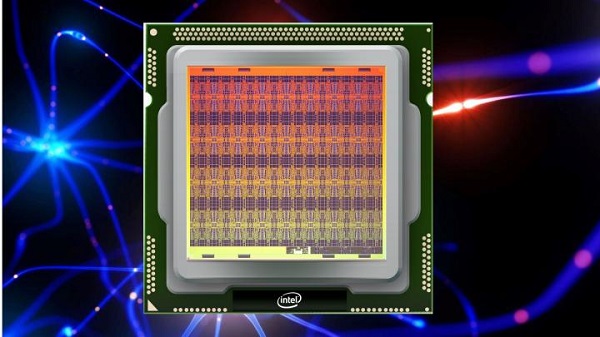In this special guest feature, Marcel Hergaarden, senior manager for product marketing at Red Hat, explains why he believes on-premises object-based storage is the correct approach for organizations that want better control over their data and greater cost savings.
Four Reasons On-premises Object Storage is Right for Today’s Businesses
Databricks Launches SQL Analytics to Enable Cloud Data Warehousing on Data Lakes
Databricks, the data and AI company, announced the launch of SQL Analytics, which for the first time enables data analysts to perform workloads previously meant only for a data warehouse on a data lake. This expands the traditional scope of the data lake from data science and machine learning to include all data workloads including Business Intelligence (BI) and SQL.
Research Highlights: Singapore Researchers Look to Intel Neuromorphic Computing to Help Enable Robots That ‘Feel’
Today, two researchers from the National University of Singapore (NUS), who are members of the Intel Neuromorphic Research Community (INRC), presented new findings demonstrating the promise of event-based vision and touch sensing in combination with Intel’s neuromorphic processing for robotics. The work highlights how bringing a sense of touch to robotics can significantly improve capabilities and functionality compared to today’s visual-only systems and how neuromorphic processors can outperform traditional architectures in processing such sensory data.
Video Highlights: Delivering the Enterprise Data Cloud
In the video presentation below from the O’Reilly Strata Data Conference, Arun Murthy, co-founder of Hortonworks and current CPO of Cloudera, discusses how enterprises can extract and act on big data.
Intel Announces AI and Analytics Platform with New Processor, Memory, Storage and FPGA Solutions
Intel today introduced its 3rd Gen Intel Xeon Scalable processors and additions to its hardware and software AI portfolio, enabling customers to accelerate the development and use of AI and analytics workloads running in data center, network and intelligent-edge environments. As the industry’s first mainstream server processor with built-in bfloat16 support, Intel’s new 3rd Gen Xeon Scalable processors makes artificial intelligence (AI) inference and training more widely deployable on general-purpose CPUs for applications that include image classification, recommendation engines, speech recognition and language modeling.
Two Day Launch Event: Enabling Real Artificial Intelligence with Dell Technologies and PowerEdge
Please join us for two free CrowdChat events on June 2 & 3 to learn how Dell Technologies and PowerEdge enable more organizations to leverage AI with VMware & Intel. Dell Technologies is already helping their customers explore and reap the benefits of this exciting new frontier with scalable, flexible solutions designed to help you solve complex problems faster than ever.
Intel Works with University of Pennsylvania in Using Privacy-Preserving AI to Identify Brain Tumors
Intel Labs and the Perelman School of Medicine at the University of Pennsylvania (Penn Medicine) are co-developing technology to enable a federation of 29 international healthcare and research institutions led by Penn Medicine to train artificial intelligence (AI) models that identify brain tumors using a privacy-preserving technique called federated learning.
SAS and IIASA Call for Crowd-driven AI to Help Track Deforestation
SAS is committed to building a global community of innovators that use technology to ignite positive change for people and the planet. This Earth Day, SAS and the International Institute for Applied Systems Analysis (IIASA) are implementing the next generation of crowd-driven artificial intelligence (AI) to help power AI algorithms designed to help us better understand our planet.
Intel + Cornell Pioneering Work in the “Science of Smell”
Nature Machine Intelligence published a joint paper from researchers at Intel Labs and Cornell University demonstrating the ability of Intel’s neuromorphic test chip, Loihi, to learn and recognize 10 hazardous chemicals, even in the presence of significant noise and occlusion. The work demonstrates how neuromorphic computing could be used to detect smells that are precursors to explosives, narcotics and more.
Reality Bites: 3 Misconceptions that Can Lead to Microservice Mayhem
In this contributed article, Eric D. Schabell, Global Technology Evangelist and Portfolio Architect Director at Red Hat, discusses how microservices are core to organizations’ flexibility and agility in the digital world. But that doesn’t mean that microservices are right for every use case or even for every organization—at least, not right now.











